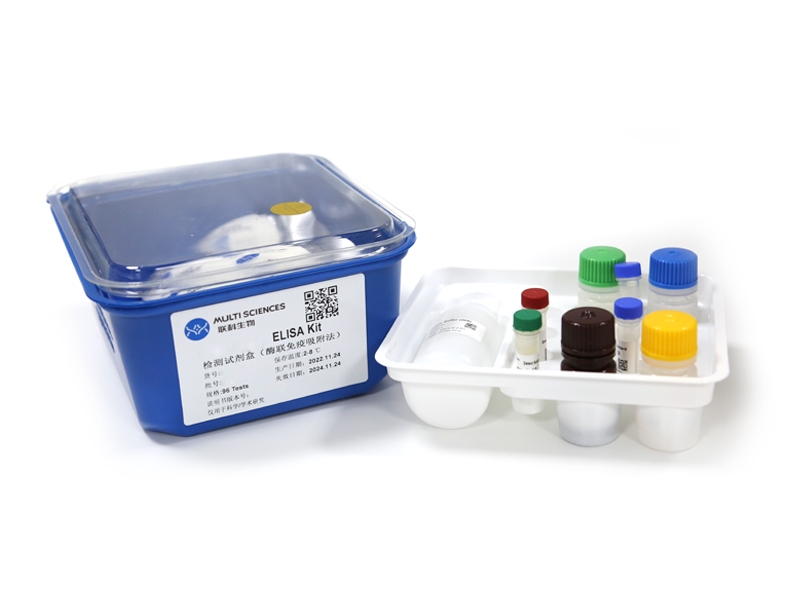Background and purpose:Ferroptosis is closely associated with respiratory diseases; however, the relationship between ferroptosis and neutrophilic asthma remains unknown. This study investigated whether Liproxstatin-1 (Lip-1) affects the progression of neutrophilic asthma by inhibiting ferroptosis and inflammatory response, while dissecting the underlying molecular mechanisms.
Methods:The bronchial epithelial cells (16HBE and BEAS-2B) were administered with lipopolysaccharide (LPS) and interleukin-13 (IL-13) to generate a cell injury model. This cell model was employed to examine the effect of Lip-1 on airway epithelial-associated inflammation and ferroptosis as well as the underlying molecular mechanism. Meanwhile, we evaluated the effects of Lip-1 on neutrophilic asthma and ferroptosis by using the ovalbumin (OVA)/LPS-induced mouse model.
Results:Lip-1 reversed the altered expression of ferroptotic regulators (glutathione peroxidase 4 (GPX4), solute carrier family 7 member 11 (SLC7A11) and prostaglandin-endoperoxide synthase 2 (PTGS2)), attenuated lipid reactive oxygen species (lipid ROS) and ameliorated cell viability in HBE and BEAS-2B cells administered with LPS and IL-13. Moreover, Lip-1 treatment led to a marked reduction in the expression of IL-33, TSLP, IL-8, IL-6, and HMGB1 in the HBE and BEAS-2B cells. In the meantime, administration with Lip-1 markedly relieved OVA/LPS-induced neutrophilic asthma, as indicated by significant improvement in lung pathological changes, airway mucus secretion, inflammation, and ferroptosis.
Conclusion:This study provides data suggesting that Lip-1 alleviates neutrophilic asthma in vivo and in vitro through inhibiting ferroptosis, perhaps providing a new strategy for neutrophilic asthma treatment.
文章引用产品列表
-
- EK296
- ELISA试剂盒
Mouse CXCL1/KC ELISA Kit检测试剂盒(酶联免疫吸附法)
- ¥1,600.00 – ¥2,650.00
-
- EK265
- ELISA试剂盒
Mouse TSLP ELISA Kit检测试剂盒(酶联免疫吸附法)
- ¥1,600.00 – ¥2,650.00
-
- EK233
- ELISA试剂盒
Mouse IL-33 ELISA Kit检测试剂盒(酶联免疫吸附法)
- ¥1,600.00 – ¥2,650.00



